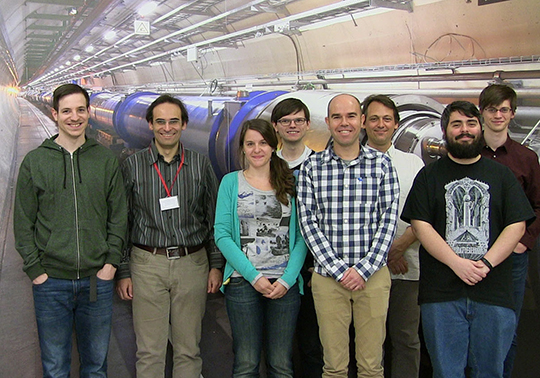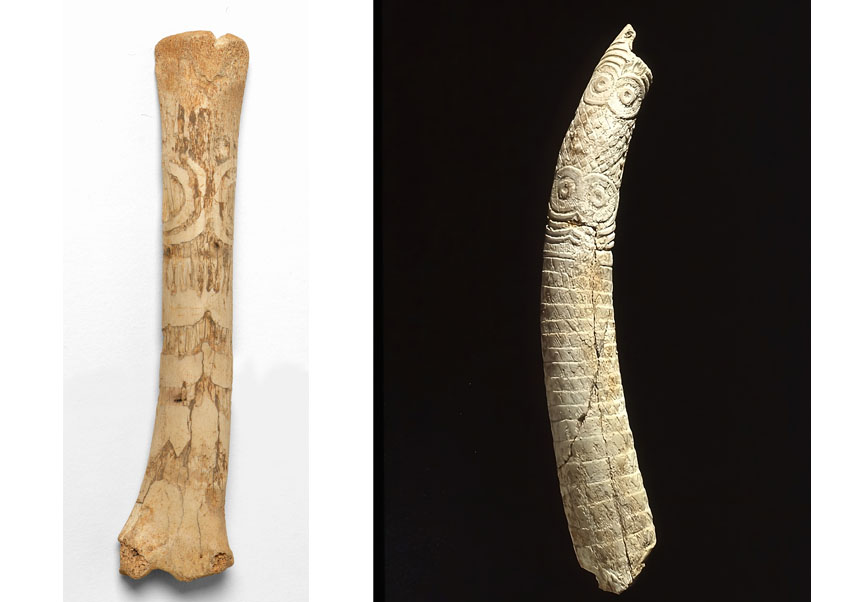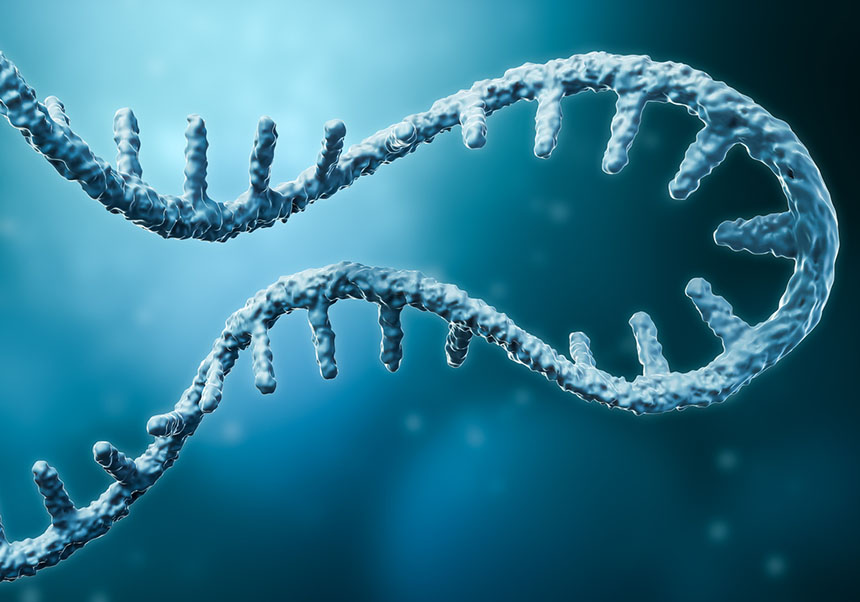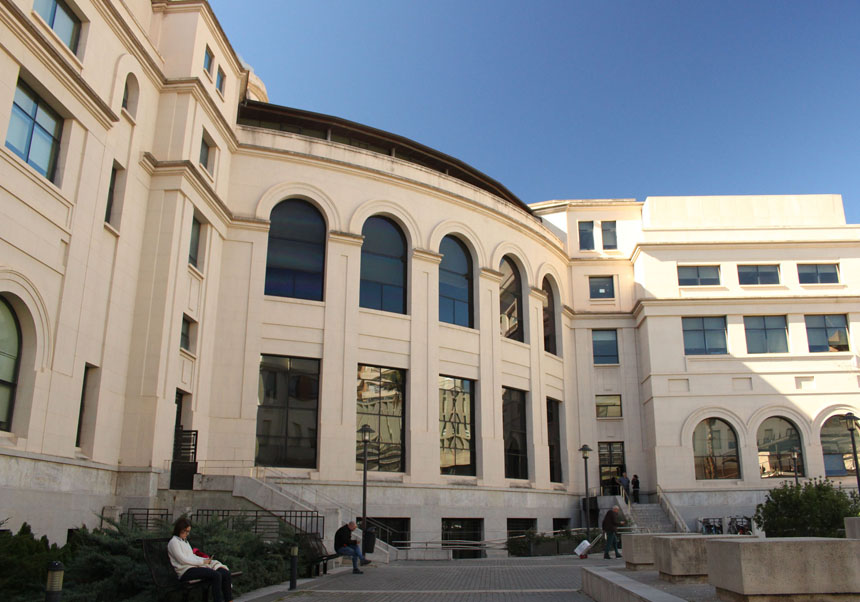IFIC’s researchers lead a study that improves the search of new Higgs bosons in the LHC
- April 28th, 2017

A research group of the Institute of Corpuscular Physics has led the study with data of the ATLAS experiment of LHC, which improves the search of new Higgs bosons in more than a 50% in comparison of previous analysis. The existence of heavier Higgs bosons would support the validity of theories such as Supersymmetry, which would solve questions about the nature of dark matter. The study has been published in the journal ‘European Physical Journal C’.
0
A research group of the Institute of Corpuscular Physics has led the study with data of the ATLAS experiment of LHC, which improves the search of new Higgs bosons in more than a 50% in comparison of previous analysis. The existence of heavier Higgs bosons would support the validity of theories such as Supersymmetry, which would solve questions about the nature of dark matter. The study has been published in the journal ‘European Physical Journal C’.
The search of ‘new physics’ is still in the greatest particle accelerator, the Large Hadron Collider (LHC) of CERN. Among the most searched particles are the new Higgs bosons. They are the main discovery carried out by LHC until now and one of the major scientific milestones in recent decades. The existence of heavier Higgs bosons would support the validity of theories such as Supersymmetry, which would solve questions about the nature of dark matter. In this field, a research group of the Institute of Corpuscular Physics has led the study with data of the ATLAS experiment of LHC, which improves the search of new Higgs bosons in more than a 50% in comparison of previous analysis. The study has been published in the journal ‘European Physical Journal C’.
The study is based on the first data obtained by the ATLAS detector with an increase of the energy achieved by LHC in 2015, after two years of a technical stop. It was possible to reach from 8 teraelectonvolts (TeV) in the collisions between the protons of the LHC (enough to discover the Higgs boson in 2012) to 13 TeV. “This represents a major number of occurrences to study, but also major challenges for the analysis”, says Luca Fiorini, a research doctor of the Universitat de València in the IFIC and publisher of the article.
The LHC makes possible the collision between protons in strategic points in a ring 27 km in circumference to verify what they are made of, which are the components of the materia that composes the Universe. The detectors are distributed in these points and they function as ultrafast photographic cameras that takes thousands of pictures per second of the collisions. Among this huge amount of information, scientifics look for images that register a new particle, as Higgs boson.
This was the last particle to be discovered in the called Standard Model, the theory that describes the particles that compose all we can see in the Universe and its interactions. After a half of a century searching, ATLAS and CMS experiments of LHC announce their discovery in 2012, two years after the functioning of the accelerator. Although this particle is similar to the one described by the Standard Model, scientifics wonder if there are other heavier Higgs bosons and other elemental particles with similar characteristics.
In particular, the study that liders Fiorini together with Damián Álvarez and the IFIC group involved in the ATLAS calorimeter, looks for new heavier Higgs bosons without electric charge, such as the particle discovered in 2012. As they are very heavy, these particles disintegrate immediately and, as a consequence, they produce more stable ones that can be registered by detectors. This study seeks the trace of new Higgs bosons through their disintegration in two particles tau, similar to electron but with more mass.
According to Fiorini, the theories that confirm the existence of these new Higgs bosons forecast that this type of disintegration is one of the most common. So, this is a good tool to seek new particles. In fact, it is one of the ways to detect Higgs bosons which are frequently produced in LHC, more than 150,000 based on the 13TeV data.
The study, which was published by European Physical Journal C, improves the search of neutral Higgs bosons in this type of disintegration, depending on the mass of these new particles, from 50 to 60%. And there is a scope for improvement. Fiorini highlights that this analysis was carried out only with the data of 2015. Now they are repeating this analysis with the data of 2016. So, this study has 10 times more data than the first study. And the LHC will operate until the mid of 2030, with a significant improvement planned for 2025.
The discovery of these new Higgs bosons would be a reinforcement for Supersymmetry, one of the most popular theories that consider physics beyond the Standard Model. At the moment, it has no confirmation. The Supersymmetry suggests for each one of the elemental particles a new heavier particle because it has not be detected with the current accelerators yet. This would help to solve some problems in the Standard Model, how to explain why particles as in the case of electrons and taus are different in terms of mass or why the mass of Higgs boson is smaller than the mass of the Plank, which characterises the gravity force.
Confirming or rejecting the Supersymmetry is a matter of energy: to create heavier particles is needed accelerators that reach greater energies. This requires new technologies and very ambitious investments. The CERN is working in the project of an accelerator of 80 or 100 km in circumference that could reach the 100 TeV, instead of 14 of the LHC. However, if the mass of the supersymmetric particles is not big enough, the current CERN accelerator could say more about its existence before the great technical stop for its update in 2025, claims Fiorini. And, in any case, “there are other explanations for the new physics that can arise in the LHC”, concludes the IFIC researcher.
Reference:
“Search for minimal supersymmetric standard model Higgs Bosons H / A and for a Z′ boson in the ττ final state produced in pp collisions at s√=13 TeV with the ATLAS detector”, Aaboud, M., Aad, G., Abbott, B. et al. Eur. Phys. J. C (2016) 76: 585. doi:10.1140/epjc/s10052-016-4400-6
















